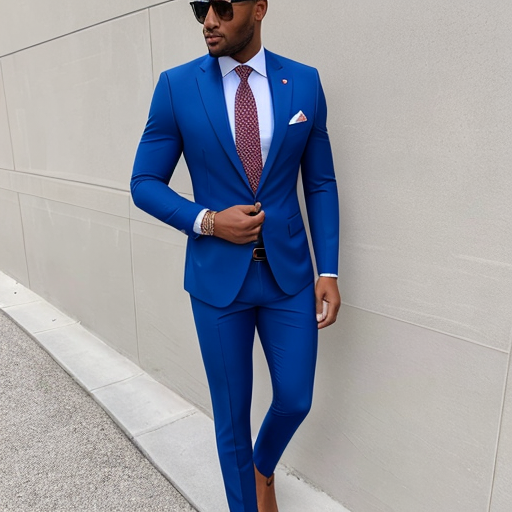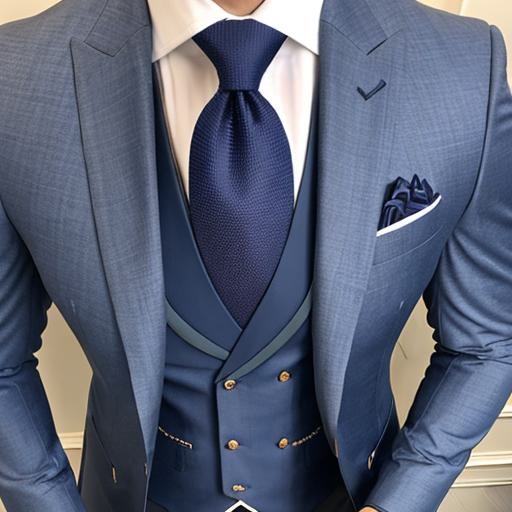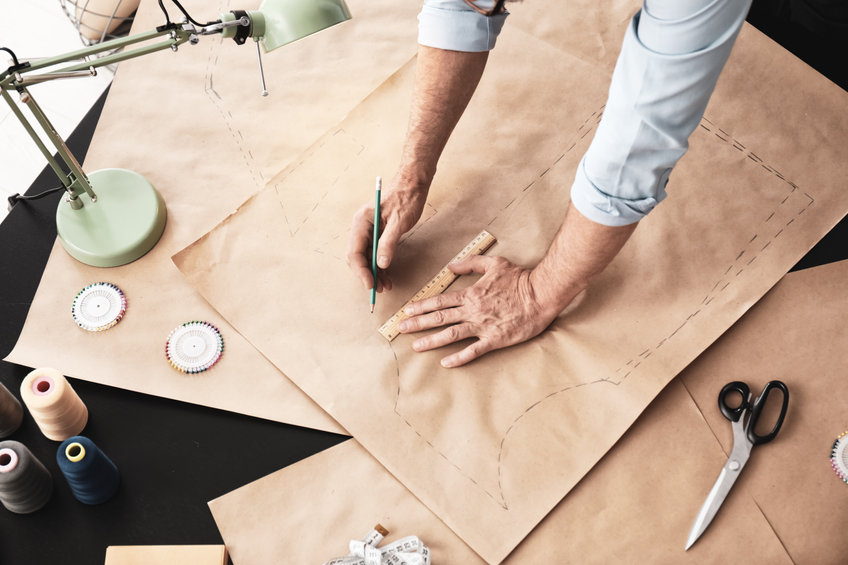The Power Suit: Unleashing Confidence, Authority, and Style
In the world of fashion, certain attire has the remarkable ability to exude power, confidence, and authority. Among these, the “power suit” stands as an iconic symbol of professionalism and success. More than just a garment, the power suit represents a mindset and a statement. In this article, we will explore the meaning of a power suit, its historical significance, and how it empowers individuals to command attention, make an impact, and leave a lasting impression.
Defining the Power Suit:
A power suit is a meticulously tailored ensemble typically consisting of a well-fitted jacket and trousers, worn by both men and women. It is characterized by its sleek lines, impeccable fit, and attention to detail. The power suit transcends fashion trends, embodying a timeless elegance that reflects sophistication and authority.
Historical Significance:

What does your suit say about you?
The concept of the power suit emerged in the late 19th and early 20th centuries, coinciding with the rise of women’s suffrage and their entry into the professional workforce. Women sought to adopt a style that would command respect in traditionally male-dominated fields. Inspired by men’s formal attire, they embraced tailored suits as a means of empowerment, asserting their presence and breaking gender norms. This marked the birth of the power suit, which continues to evolve and redefine itself in contemporary society.
Components of Empowerment:
Confidence: A power suit instills a profound sense of confidence in the wearer. The precise tailoring and meticulous fit allow individuals to project an image of self-assurance. When one feels confident in their appearance, they radiate an aura of competence and assertiveness.
Authority: The power suit serves as a visual representation of authority. Its sharp lines and structured silhouette convey professionalism and competence. The tailored fit enhances the wearer’s posture, further enhancing their authoritative presence. Whether in the boardroom or a professional setting, the power suit instantly establishes a commanding presence.
Expression of Personal Style: While the power suit adheres to certain standards of tailoring, it also provides a canvas for individual expression. The choice of fabric, color, accessories, and unique style details enables individuals to showcase their personality and creativity within the boundaries of professionalism. This fusion of personal style and sartorial elegance reinforces the wearer’s confidence and distinguishes them as a unique force.
Equality and Gender Empowerment: The power suit has played a pivotal role in promoting gender equality and empowerment. Breaking away from traditional feminine attire, women embraced the power suit as a symbol of liberation and equality. By adopting a style associated with authority and success, women have challenged societal norms and carved a path toward gender parity in various professional domains.
Modern Interpretations:
In contemporary society, the power suit has evolved to accommodate shifting fashion trends and workplace dynamics. While it maintains its core attributes of impeccable tailoring and sophistication, the modern power suit embraces versatility and inclusivity. It now encompasses a range of styles, fabrics, and cuts, adapting to diverse body types and individual preferences. Additionally, the power suit has expanded beyond the traditional black, navy, and gray palette to include vibrant colors, patterns, and textures, allowing individuals to express their personality while still commanding authority.
Can women have a power suit?
Absolutely! Women can undoubtedly have a power suit just as men can. The concept of a power suit is not limited by gender but rather transcends it. The power suit is about confidence, authority, and projecting a professional image, regardless of whether you identify as male or female. In fact, women have played a significant role in popularizing and redefining the power suit, breaking through gender norms and making it a symbol of empowerment.
Over the years, women have embraced tailored suits as a means of asserting their presence and commanding respect in professional settings traditionally dominated by men. By adopting power suits, women have challenged societal expectations and demonstrated their competence and ambition.
Women’s power suits are tailored to flatter the female silhouette, with considerations for body shape, proportions, and style preferences. They may feature design elements such as defined waists, accentuated shoulders, and different trouser styles to accommodate diverse body types. The range of options for women’s power suits has expanded, offering a wide array of colors, patterns, and fabrics, allowing for individual expression while maintaining a sense of professionalism.
The power suit empowers women by providing them with a sartorial tool to project confidence, authority, and personal style. It is a symbol of equality, breaking down barriers and challenging preconceived notions of what it means to be a professional woman. Women can own the boardroom, make important decisions, and lead with strength and style while wearing a power suit that perfectly embodies their ambitions and aspirations.



